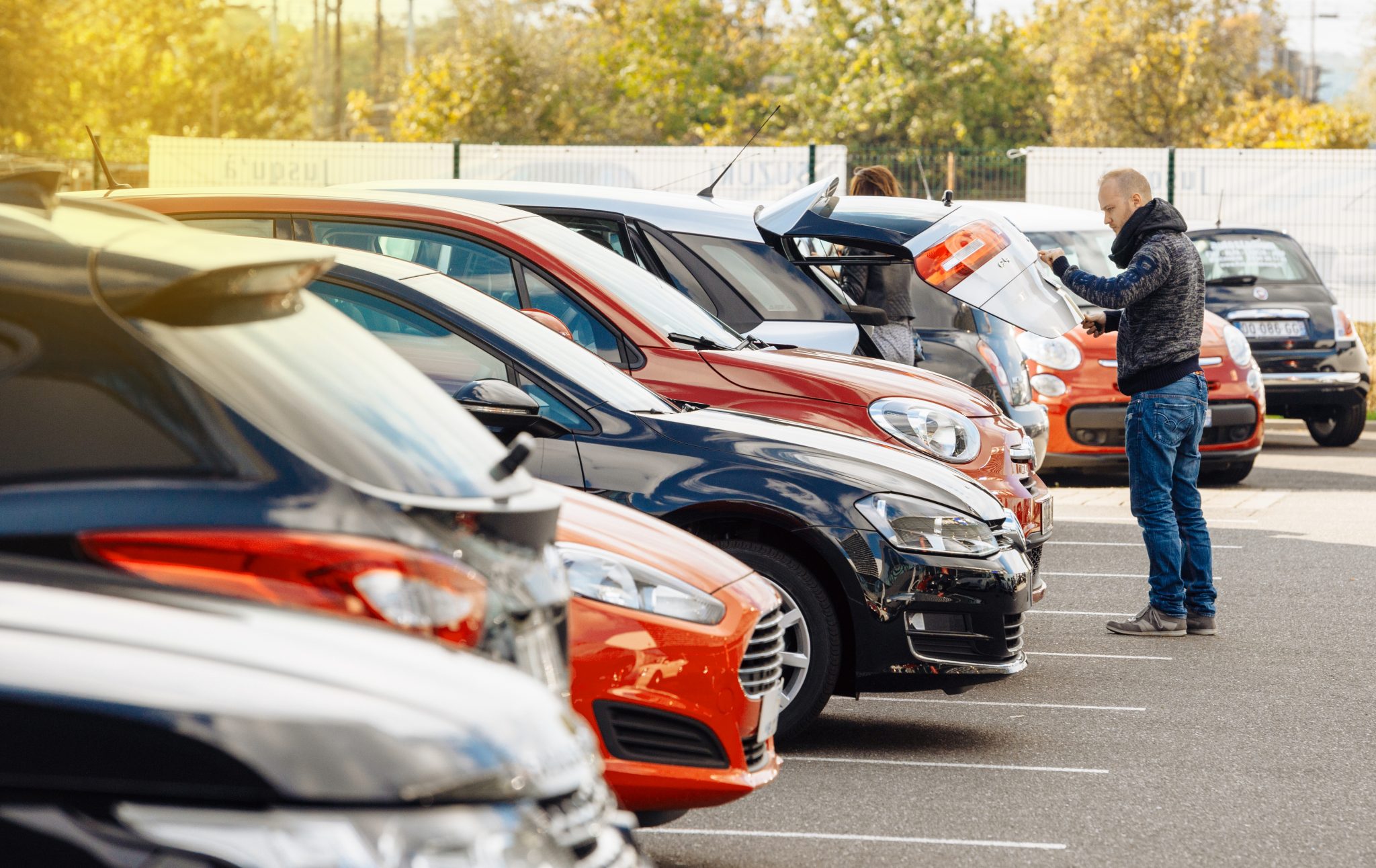We’ve all seen at least one CarMax superstore making a large blue and yellow presence on the side of the road somewhere. The giant used car seller is not slowing down – in fact, it plans to open dozens of new stores within the next few years – but neither are other used vehicle vendors such as Penske, Lithia, and Carvana. A May 2018 Automotive News article published by James B. Treece reported that used car sales have continued to spike up from the previous fiscal quarter and it is predicted that they will remain high in the coming quarters.
A 2018 report from Edmunds indicated that used car sales boomed in 2017 and the improving economy has been encouraging purchases for the past couple of years. CarMax is still the leading used car retailer by far, but several other companies are making a statement in the industry as well. Treece’s article mentioned market newcomer Carvana, which saw a whopping 122% increase in used vehicle sales in Q1 of the fiscal year. Most of the other used car sellers noted increases as well, though none were as significant.
Cox Automotive’s 2018 Used Car Market Report and Outlook release noted that expectations for a bustling stock market were up due to the 2016 presidential election because of the “belief that lower taxes, lower regulation and more infrastructure spending would power the economy.” The aforementioned Edmunds report, however, also identified that natural disasters in 2017 such as Hurricanes Harvey and Irma led many people to make a vehicle change – that number could be up to 1 million people. Nonetheless, Cox Automotive’s report predicts that 39.5 million used vehicles will be sold in 2018 compared to 39.3 million in 2017.
Unemployment in the United States is down to a very welcomed low, which provides more people with the money and confidence to purchase a car. The May 2018 issue of the National Independent Automobile Dealers Association’s (NIADA) magazine states that this is furthermore influenced by a decrease in interest rates and the increase in credit availability, but it is important to note that both of these factors are prone to changing and could throw off the accuracy of the future predictions. Despite the uncertainty, however, consumers are still going out to the lots to make purchases.
Vehicles manufactured within the past few years also come packed with great features that were previously unavailable that increase comfort, safety, and entertainment (lane diversion alerts, Bluetooth, rear-view cameras, etc.). A July 2016 article written by Forbes contributor GuruFocus noted that there seems to be a new tendency for used car customers to buy “younger” cars as opposed to run-down cars from a decade ago. As mentioned, this could be because buying brand new cars to get these great features is no longer necessary since used cars from the previous ~5 years already have them.
The Forbes report also referred to an analysis showing that the market has improved 68% since 2009 when the United States was feeling the direct effects of the Great Recession. This, along with the other factors mentioned, is influencing car shoppers to make a purchase. Even though new car sales are expected to drop 0.4 million from 2017, used cars are still in demand. If the predictions are right, more people will soon be riding around in used cars.
References: AutoNews, Edmunds, Cox Auto, Coverstand, Forbes







